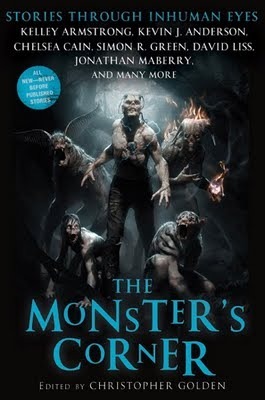 Monsters!
Monsters!
I have a weakness for monsters. And who doesn’t, really? I have a theory that sword & sorcery readers all loved monster movies as a kid. We talk about a fondness for the literature of the rugged individual, but secretly we just want to read about monsters.
But enough about me. The topic at hand is monsters. And the book at hand, compliments of today’s mail and the publicity department at St. Martin’s Press, is The Monster’s Corner, an anthology of all-new stories edited by Christopher Golden.
All new monster stories, I hasten to point out. 19 tales of classic and original creepy-crawlies, all told from the point of view of the monster. Here’s the marketing blurb:
Demons and goblins, dark gods and aliens, creatures of myth and legend, lurkers in darkness and beasts in human clothing… these are the subjects of The Monster’s Corner, an anthology of never-before published stories assembled by Bram Stoker Award-winning author Christopher Golden.
With contributions by Lauren Groff, Chelsea Cain, Simon R. Green, Sharyn McCrumb, Kelley Armstrong, David Liss, Kevin J. Anderson, Jonathan Maberry, and many others, this is the ultimate anthology on the dark heart of a monster.
I like it. I also like the author line-up: a fine mix of names I admire — including David Moody, Tananarive Due, Michael Marshall Smith, Gary A. Bruanbeck, and the marvelous Tom Piccirilli — and a terrific sampling of up-and-coming novelists whose work I have not yet tried. A great way to survey the horror field while enjoying some fine monster fiction, I think.
Christopher Golden’s previous anthology for St. Martin’s Press was The New Dead, which I quite enjoyed (when my teenage sons finally let me have it back, anyway). The Monster’s Corner is 389 pages in trade paperback, with a cover price of $14.99. The official on-sale date is Sept. 27.
 Webzine Strange Horizons is conducting its 2011 fund drive, where your donation supports one of the first (and one of the few surviving from that era) on-line speculative fiction markets. Publishing weekly for over a decade (which in Internet time is something like a century/), Strange Horizons features short fiction (this past week it was Lewis Shiner), regular columns from the likes of John Clute and Matthew Cheney, articles, poetry and book reviews. To my knowledge, Strange Horizons is the only paying on-line market that relies on the “public broadcasting” non-profit model of member donations to keep operations afloat. So the one value of “subscribing” is you at least get a tax deduction out of it.
Webzine Strange Horizons is conducting its 2011 fund drive, where your donation supports one of the first (and one of the few surviving from that era) on-line speculative fiction markets. Publishing weekly for over a decade (which in Internet time is something like a century/), Strange Horizons features short fiction (this past week it was Lewis Shiner), regular columns from the likes of John Clute and Matthew Cheney, articles, poetry and book reviews. To my knowledge, Strange Horizons is the only paying on-line market that relies on the “public broadcasting” non-profit model of member donations to keep operations afloat. So the one value of “subscribing” is you at least get a tax deduction out of it.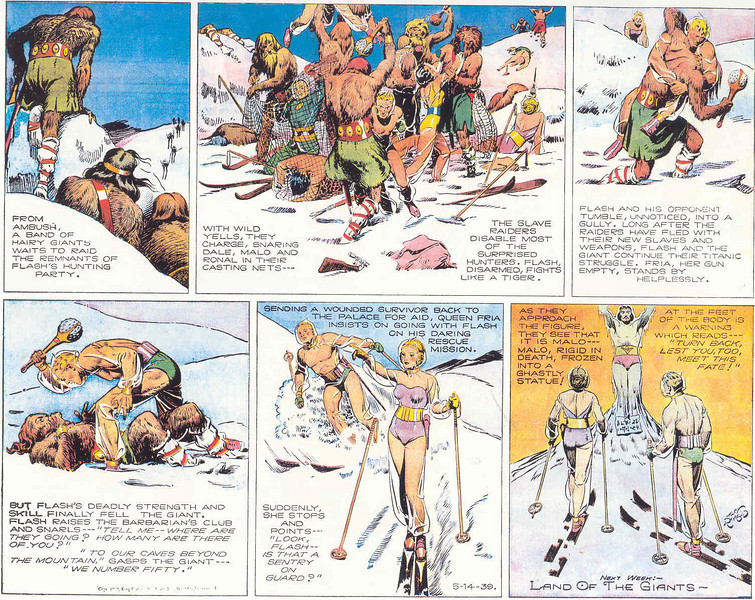
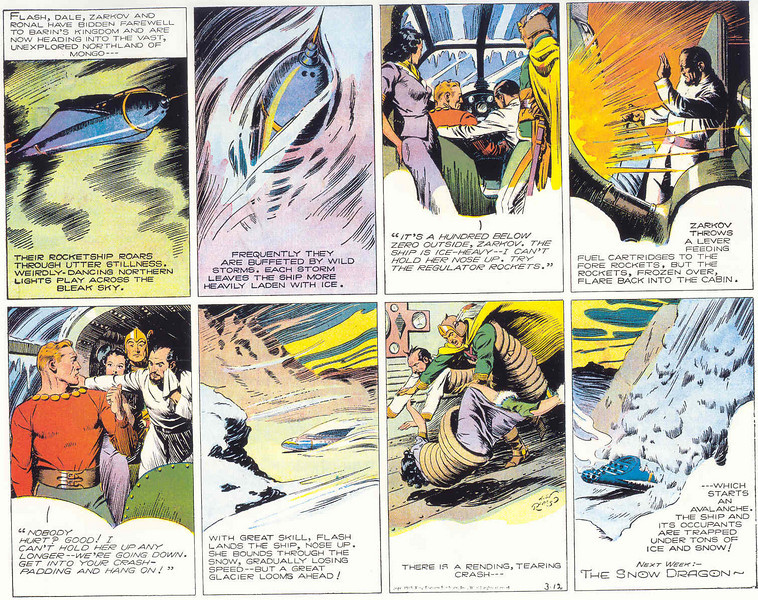

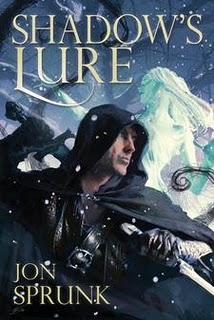 When my agent first told me that he had secured a three-book deal with Pyr Books, I was ecstatic. Three books! What a brilliant stroke of luck.
When my agent first told me that he had secured a three-book deal with Pyr Books, I was ecstatic. Three books! What a brilliant stroke of luck.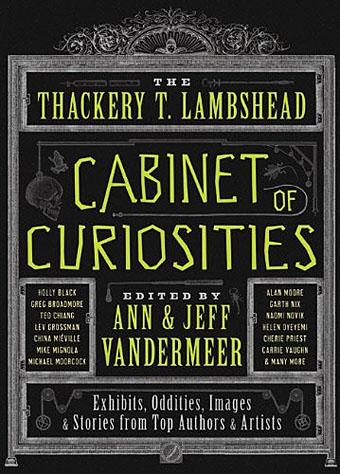
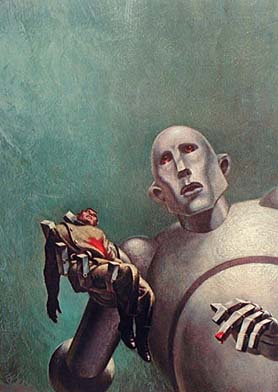
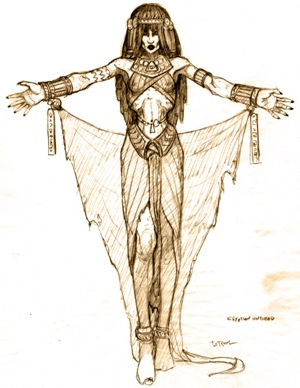
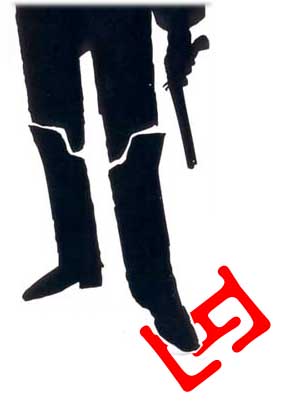 The English alphabet contains twenty-six letters. They all have their uses. Some more than others. The letter “E” gets the most use: how could we live without it?
The English alphabet contains twenty-six letters. They all have their uses. Some more than others. The letter “E” gets the most use: how could we live without it?
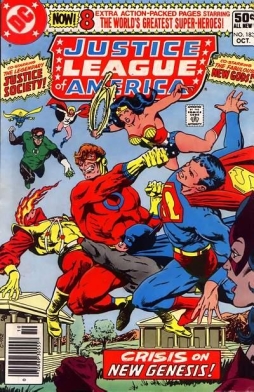 I was planning to start the series of posts on Romanticism and fantasy this week, but something came up in the last few days that I’d like to write about; particularly since it seems to resonate with
I was planning to start the series of posts on Romanticism and fantasy this week, but something came up in the last few days that I’d like to write about; particularly since it seems to resonate with